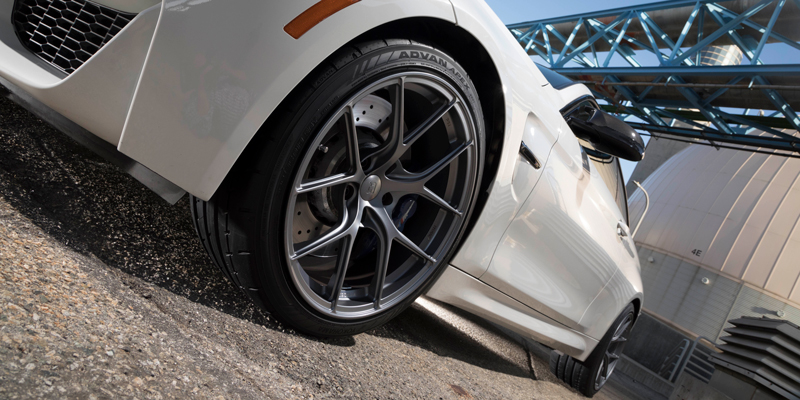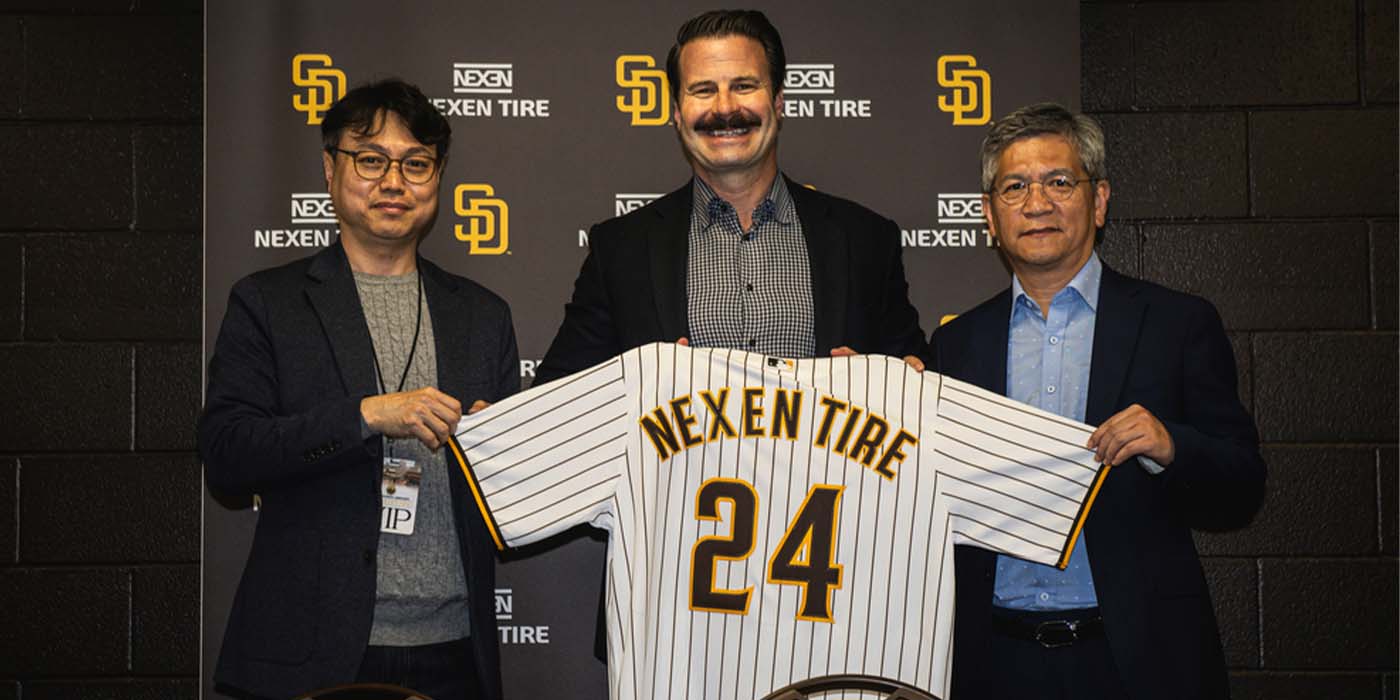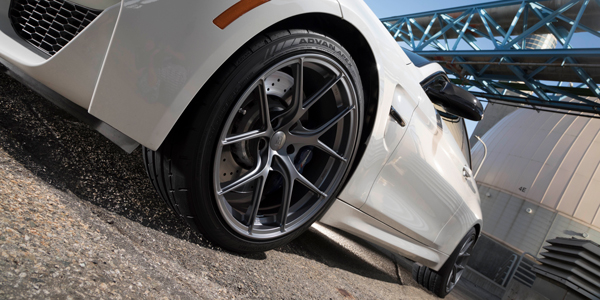
Vehicles with UHP tires are some of the fastest and most powerful on the road. Your job is to work on them – whether it’s replacing their tires or performing routine to critical maintenance – and return them back to the customer, who expects them to handle and perform the same way or better when you’re done with the job. That’s not always easy.
On top of that, you’re dealing with a segment of tires that’s growing, and more options means that it’s that much more critical to make the right recommendations to your customers when they need it.
“There’s been such SKU proliferation over the years,” says Jessica Palanjian Rankin, vice president of Grand Prix Performance, a UHP specialty shop in southern California, alluding to the expansion of sizes as sporty SUVs and CUVs are increasingly coming equipped with UHP tires. “We’re dealing with very sophisticated vehicles and the products that belong on those vehicles are also very sophisticated.”
With so many more options, a dealers’ job gets a little more complicated.
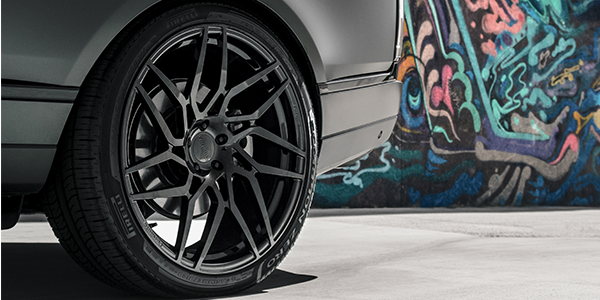
Answering the Tough Questions
UHP tires look a lot different than they used to. When you think of ultra-high performance tires, your mind pulls up a picture of a sports car, anything from a Chevy Corvette to a Lamborghini Huracán to a Mercedes Benz AMG-GT. Today, those car manufacturers are demanding larger rim sizes in the 19- to 21-in. range — not only for their classic sedans as rolling resistance becomes increasingly important, but also for their CUV/SUV models, according to Duane Sampson, Yokohama Tire Corp.’s product marketing manager.
And the replacement tire market is responding.
“Be prepared for questions on new products,” Pirelli advises dealers. “It [the UHP segment] is a constantly evolving segment… [UHP tires] are increasingly being used on a wider range of vehicles, including CUVs and SUVs, both in original equipment and by consumers in replacement.”
How has this trend taken shape? Over time, car manufacturers have adopted UHP tires as OEM tires, says Jay Lee, director of product planning for Nexen Tire. That means UHP tires are found on high-end models like the BMW X3, Volvo XC60, Range Rover Sport and Porsche Cayenne, just to name a few. Abhishek Bisht, global head-new markets and channels of Apollo Tyres Ltd., says that carmakers are designing lighter, faster and more efficient vehicles that a need a tire that can provide sharper handling and responsiveness with improved aesthetics — all characteristics of the UHP segment.
Dealer Perspective: Navigating Customers Through the UHP Segment
With the UHP segment’s increasing complexity, dealers who specialize in UHP tires say this presents an opportunity for them to be a customer’s trusted guide navigating through it.
For tire dealers, that means customers also want a replacement UHP tire that delivers ultimate grip and handling that matches how it rolled off the lot. Lee advises dealers to look at which vehicle models are popular in their region and carry or focus on the UHP OEM sizes of those models. As rim sizes and speed ratings continue to increase, the majority of customers won’t realize that their vehicle’s tires are accidentally falling into the UHP segment, says Steve Calder, Michelin North America’s UHP product marketing manager.
With the segment’s increasing complexity, dealers who specialize in UHP tires and wheels say it presents an opportunity for them to be a customer’s trusted guide navigating through it. Palanjian Rankin, of Grand Prix Performance, is reminded of this time and time again — if not by interactions with customers daily, it comes from growing up in the business with her father, Jerry Palanjian, who founded Grand Prix Performance nearly 50 years ago in Costa Mesa, California. She and her brother, Alex Palanjian, who operates the family’s custom wheel manufacturing business, Formula Wheels, have customers come to them specifically for custom tire and wheel combinations.
“Purchasing tires can be overwhelming for many consumers. Our customers are counting on us to demystify the tire buying experience,” Palanjian Rankin says, on top of recommending a tire with the proper speed rating, load rating and size for their vehicle. “By asking the right questions about their driving style, their lifestyle and understanding their expectations of their vehicle’s performance and appearance, we help our customers choose the best high-performance products for their vehicles.”
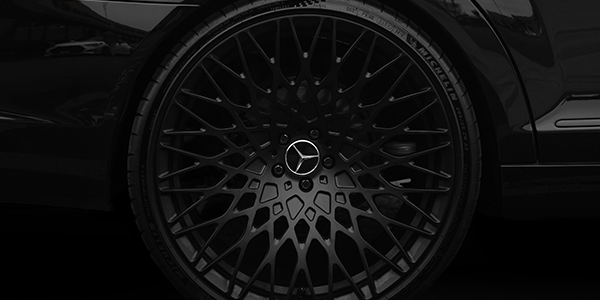
A High-Performing Refresher
Let’s take a step back for a moment to focus on product basics. As you know, the UHP segment has traditionally been divided into two sub-segments: summer UHP tires and all-season UHP tires. Each focuses on different balances of performance, says Travis Roffler, director of marketing for PLT replacement tires for Continental Tire the Americas.
“UHP summer tires are for aggressive drivers who enjoy high levels of dry and wet performance,” Roffler explains. “Summer UHP tires are for driving enthusiasts who are looking for the highest level of sporty driving, and do not need winter performance or are willing to change tires for optimal performance. This is also the segment which allows for a good track experience for the occasional driving event.”
All-season UHP tires typically are designed to perform in dry, wet and wintry conditions, and are meant for the customer who “thinks performance driving and sporty feel are important but also wants the utility of driving in light snow and/or longer mileage,” Yokohama’s Sampson says.
You might be thinking: Those are broad definitions. And you’d be right, since depending upon the manufacturer’s design parameters, there can be quite a few differences between the categories, says David Shelton, director of product marketing for Giti Tire USA. Like any tire segment, UHP tires have a spectrum of performance.
“We see the same thing in other categories like all-terrain,” Shelton notes, “which has a spectrum from aggressive off-road with some on-road manners to on-road manners with some off-road capability.”
As a dealer, you need to pay attention to speed ratings to make sure you properly deliver a product to fulfill your customers’ needs.
“The days of summer tires having less than W-speed ratings is fading fast,” he continues. “In the same way, all-season tires will have different degrees of performance, but the spectrum is wider as the performance parameters are broader. Most OE tires that are all-season will be in the S-, T-, H- and V-speed ratings, and to a much lesser degree, some W. All of these will exist on a spectrum from comfort to handling, and generally along that same axis, the all-season performance will be reduced as it moves toward handling.”
MORE: 15 Photos of UHP Tire & Wheel Eye Candy
As the performance gap narrows between segments, don’t be afraid to suggest a UHP tire for customers who are interested in an enhanced driving experience.
According to the Kenda Tires North America Team, CUVs have started to require W-rated UHP tires as they evolve and trend for more handling characteristics. Dan Shavers, Kenda’s manager of tire development, and Brandon Stotsenburg, vice president of automotive, say the HP segment has also started to blend into the grand touring segment.
“For example, there are BMW 3 Series applications which require a UHP tire, and others that require a grand touring tire,” Shavers and Stotsenburg say. “Dealers should be aware of this continuing trend and educate customers to find the best tire to meet their driving needs.”
When making a recommendation to your customers about which tire is right for them, climate also plays a huge factor, says Tsuyoshi Johnson, product planning manager – PCR products for Falken Tire.
“It’s important to point out that the major differentiator is the M+S rating,” he says. “UHP summer tires are not M+S rated while all-season [and other similar segments] do carry the rating. This means the tire is capable of performing in conditions other than your typical dry and wet asphalt surfaces, thus providing the capability of being used year-around.”
Supercars: Tire Considerations for Luxury Vehicles
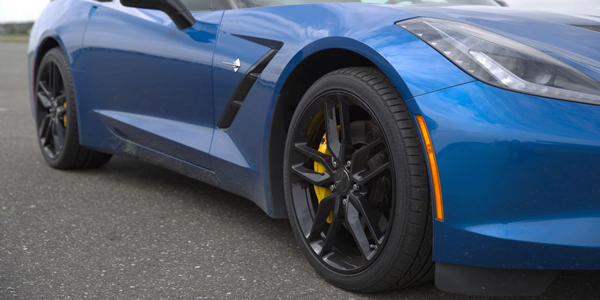
What’s the Glass Transition?
The biggest misconception about UHP summer tires is that snow is the only obstacle for year-round use.
“Temperature is just as important,” Michelin’s Calder says, noting that UHP summer tires focus on wet and dry handling and are intended for use in temperatures above 40°. “Driving a UHP summer on a beautiful 25°F day will feel like driving on ice, even if the pavement is dry.”
That’s because of an effect in the industry known as the “glass transition.”
“When a summer tire’s performance changes drastically due to a drop in temperature, it’s referred to as the ‘glass transition’,” says Apollo’s Bisht. He goes on to explain that a tire’s tread compound properties change from an adaptable elastic to an unyielding plastic during this stage.
“When a summer tire is exposed to temperatures below its standard performance range, you begin to lose that predictable traction seen in warm to hot ranges the tire is designed to operate within,” he says. “This creates difficult driving scenarios in cold to freezing temperatures, especially upon the initial start of the drive, when the tires are at their coldest.”
Thankfully, once warmer temperatures return, the glass transition is reversed as the compounds of the summer tire return to their optimal performance temperatures. It should be kept in mind that even though the tire can return to its full capabilities, you run the risk of chips and tread compound cracks when driven in near- or below-freezing temperatures, Bisht says.
That’s when all-season UHP tires are ideal, says Falken’s Johnson. A set of UHP all-seasons caters to customers whose driving habits demand dry and wet performance but also require the ability to drive in rain and light snow. Its cousins, the winter UHP tire and the all-weather UHP tire, are other options for dealers to add to their product offering.
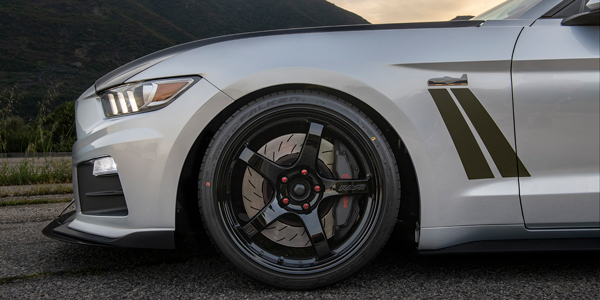
The Add-Ons and the Finishing Touches
Don’t let the snow ice up your tire sale. For dealers who live in the Northern U.S. and Canada, weather is a factor you can use to your advantage to better serve your customers.
If your customer has a summer UHP tire, you can offer the purchase of a dedicated winter tire. Part of that package could include tire and wheel storage as a value-added benefit if you have the capacity at your shop.
“Storing off-season tires and wheels can be a great opportunity to upsell the advantages of UHP tires in the warmer months and clear advantages of winter tires in the colder months,” says Terry Smouter, director of sales management for Hankook Tire America Corp. “[This] keeps the same customer coming back to their shop year after year. It can be a win/win for both the dealer and the customer.”
Pointing out technologies in the tire’s compound as well as details in the tread and sidewall design are also ways to lure interested customers into purchasing the products you think are best for them. Pique customers’ interests by highlighting characteristics of the tire that offer higher levels of dry and wet handling and braking performance as well as design differences in the different tire brands, such as asymmetrical vs. directional and the advantages to both designs, he says.
“UHP tires typically have smooth sidewalls, which are beneficial for ‘sidewall shine’ and a superior, clean look,” Continental’s Roffler says.
As the performance gap narrows between segments, don’t be afraid to suggest a UHP tire for customers who are interested in an enhanced driving experience.
“If you have a customer who is currently on touring tires, and they enjoy spirited driving and like to better feel the road, it’s not unreasonable to offer them a UHP all-season tire,” says Daniel Kelly, product planner, Bridgestone Americas Tire Operations. “They may lose some wear life, but they’ll gain an overall sportier driving experience with minimal trade-offs to their everyday ride.”
If your customer is interested in wheel upgrades, understanding the best options for size and construction, in addition to aesthetics, is also key.
“If they [customers] want to upgrade to a +1 or more, provide tire package options which can offer the best performance characteristics and meet their price targets,” says Kenda’s Shavers and Stotsenburg. “Offering a tire in a wheel-tire package often creates an increased margin opportunity for the dealer with premium performance at a value price.”
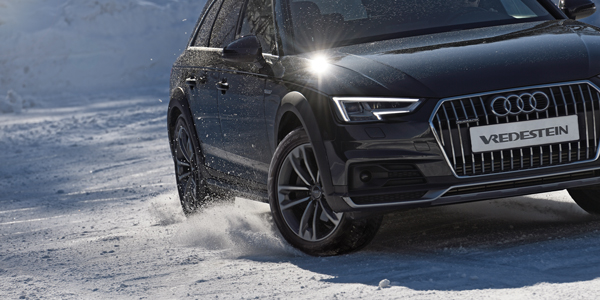
Peering into a Crystal Ball
Nothing is certain in the world of tires, but that doesn’t stop the industry’s top minds from making a few educated predictions.
The first: UHP segment is — and will — remain strong. At least according to Cooper Tire & Rubber Co. product manager, Jenny Paige’s foresight.
“Even with declining sedan sales, UHP tires have maintained their place in the market,” she says. “More and more vehicles are coming equipped with UHP tires as the original equipment (OE) tire or offering upgrade packages which include UHP tires.”
Another high-performing prediction: consumer expectations of performance tires continue to rise.
“Not only do consumers want a tire that delivers ultimate grip and handling, but they also want a tire with longer wear life and all-season performance,” says Bridgestone’s Kelly. “Consumers today are doing more research about the products available in the market, and they want a tire that performs for a long time and across a variety of seasonal conditions.”
You can’t talk about the future without talking about technology, and the UHP segment is keeping up with the latest.
“Recent products added to this segment have greatly improved in snow driveability while maintaining excellent dry/wet capability,” says Falken’s Johnson. “Current UHP all-season tires in the market are encroaching on performance capabilities of the lower level UHP summer tires, while still offering snow traction and better wear life.”
Check out the rest of the September digital edition of Tire Review here.

